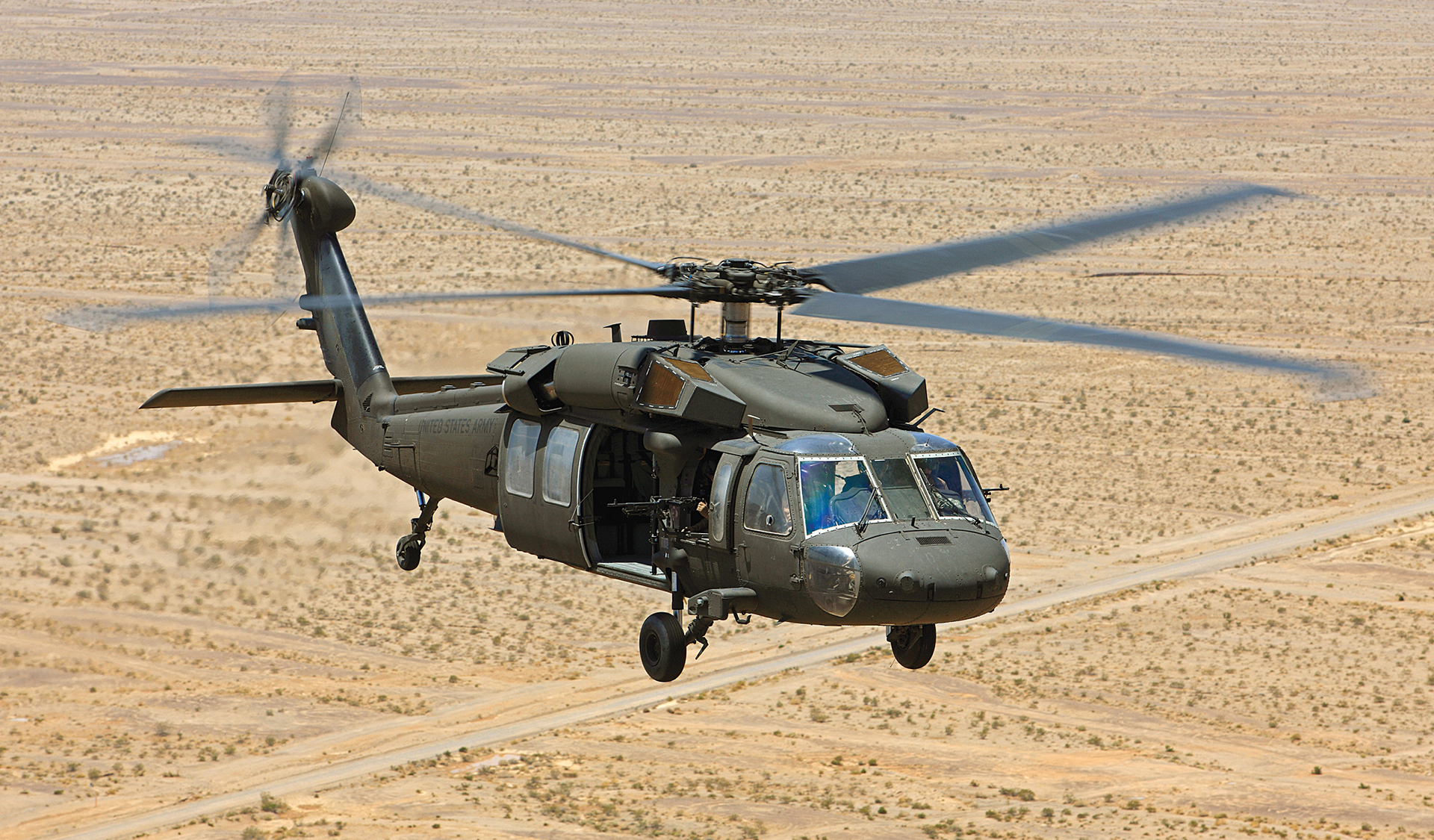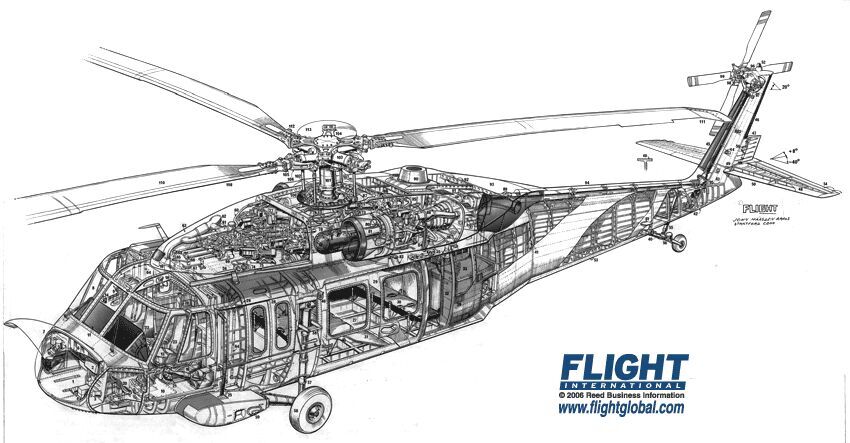Making Sure Preparedness: UH-60 Blackhawk Upkeep and Preparedness Protocols
Making Sure Preparedness: UH-60 Blackhawk Upkeep and Preparedness Protocols
Blog Article
Exploring the Background and Advancement of Uh 60 Helicopters
The development of UH-60 helicopters stands as a testament to the unrelenting search of development in air travel innovation. From their simple beginnings to becoming one of the most flexible and widely made use of airplane in army procedures, the trip of these helicopters is an interesting one. As we explore the background of UH-60 helicopters, we uncover not simply a timeline of improvements but likewise the pivotal duty they have played fit modern-day war. Join us as we uncover the intriguing tale behind the UH-60 helicopters and check out the impact they remain to have on military strategies and procedures worldwide.
Very Early Beginnings and Development
The very early beginnings and growth of the Uh-60 helicopters can be traced back to the need for a flexible and trustworthy airplane for numerous military procedures. In the late 1960s, the USA Military recognized the restrictions of existing helicopters and launched the Utility Tactical Transportation Airplane System (UTTAS) program to establish a brand-new generation of utility helicopters. This program intended to address the drawbacks of older helicopter versions by incorporating sophisticated technologies and boosted efficiency capabilities.

Introduction of the UH-60 Black Hawk
With the UH-60 Black Hawk's entry into solution, a new period in armed forces air travel dawned, noting a considerable development in abilities and flexibility for the USA Military. Introduced in 1979, the UH-60 Black Hawk was created as a multi-mission helicopter to replace the aging fleet of UH-1 Iroquois helicopters. The Black Hawk's innovative features, consisting of twin engines for enhanced power and survivability, a four-blade major rotor system for boosted lift performance, and a roomy cabin efficient in accommodating as much as 11 totally geared up troops, changed the Army's air assault and energy capacities.
The UH-60 Black Hawk quickly proved its well worth in a range of objectives, from army transportation and medical emptying to unique operations and search and rescue. Its adaptability and integrity were further demonstrated throughout Operation Urgent Fierceness in Grenada in 1983 and the intrusion of Panama in 1989. The Black Hawk's success brought about its extensive fostering not just by the united state Army yet also by various other army forces and government companies worldwide.

Technical Advancements Over the Years
Throughout the development of the UH-60 Black Hawk helicopters, substantial technical innovations have actually continually enhanced their performance and abilities. One of the essential improvements is the integration of sophisticated avionics systems, including digital cockpits with multifunction display screens, flight monitoring systems, and progressed interaction systems. These enhancements have not only enhanced the situational understanding of the staff however have likewise streamlined the overall procedure of the airplane.

Additionally, the adoption of much more effective engines has actually dramatically boosted the UH-60 Black Hawk's lift, speed, and ability to move capacity. The current models are furnished with a lot more effective turboshaft engines that offer higher power output while maintaining fuel efficiency.
Duty of UH-60 in Armed Force Workflow
Having gone through substantial technological innovations throughout the years, the UH-60 Black Hawk helicopters play an important function in various army procedures because of their flexibility and dependability. These helicopters index are widely made use of for objectives such as troop transportation, clinical emptying, air assault, and unique procedures. The UH-60 is specifically valued for its capacity to run in diverse settings, ranging from complex city setups to rugged surfaces, offering army forces with a very versatile airborne system.
The UH-60's role in supporting ground pressures, performing reconnaissance missions, and providing logistical assistance more underscores its significance in contemporary army procedures. In general, the UH-60 Black Hawk helicopters continue to be indispensable assets for armed forces around the world, allowing them to attain their purposes with precision and effectiveness.
Modern Applications and Future Prospects
In the modern landscape of army procedures, the UH-60 Black Hawk helicopters remain to show their flexibility and critical importance with advanced modern technologies and advancing objective capacities. Among the vital modern-day applications of the UH-60 is its crucial role in medical emptying objectives, where its adaptability and rate are crucial in swiftly moving damaged employees from the field of battle to medical facilities. Additionally, the UH-60's advanced avionics systems and enhanced ability to move make it a useful possession in special operations, consisting of insertion and removal of unique pressures in hostile environments.
Looking towards the future, the UH-60 system is poised to undergo further advancements to boost its capacities. Future potential customers for the UH-60 include the integration of autonomous trip innovations to improve functional performance and minimize human error. Growths in products science and propulsion systems may lead to improvements in the helicopter's efficiency, payload, and array capacity, guaranteeing its ongoing relevance in modern-day warfare situations. As army requirements progress, the UH-60 Black Hawk helicopters are anticipated to introduce and adapt to satisfy the obstacles of tomorrow's operational environments.
Conclusion
Finally, the history and evolution of UH-60 helicopters have been marked by considerable innovations in technology and their important duty in army procedures. From their early origins to their modern applications, these helicopters have constantly adjusted to fulfill the changing needs of the military - uh-60 blackhawk. With continuous improvements in modern technology, the future leads for UH-60 helicopters continue to be encouraging as click now they continue to play a vital role in various military goals
Sikorsky Airplane Firm, a prominent helicopter supplier, reacted to the UTTAS program's needs visit this page by making the UH-60 Black Hawk helicopter. Presented in 1979, the UH-60 Black Hawk was created as a multi-mission helicopter to replace the aging fleet of UH-1 Iroquois helicopters.Having gone through significant technological advancements over the years, the UH-60 Black Hawk helicopters play an important function in various army operations due to their flexibility and reliability.In the modern landscape of army operations, the UH-60 Black Hawk helicopters continue to demonstrate their flexibility and calculated importance through cutting-edge modern technologies and advancing goal abilities. As military demands develop, the UH-60 Black Hawk helicopters are anticipated to introduce and adapt to fulfill the obstacles of tomorrow's operational environments.
Report this page